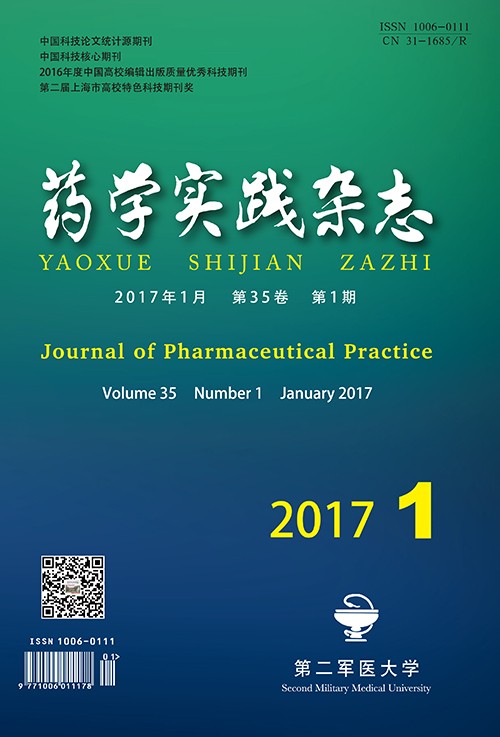Discussion on evaluation method of anti-infective therapy by clinical pharmacist
doi: 10.3969/j.issn.1006-0111.2017.01.017
- Received Date: 2015-11-19
- Rev Recd Date: 2016-05-21
-
Key words:
- anti-infection therepy /
- evaluated method /
- clinical pharmacists
Abstract: Objective To discuss the evaluation method of anti-infective therapy by clinical pharmacist. Methods Anti-infection therapy for an AECOPD patient in department of respiration in our hospital was analyzed to discuss the evaluation method of anti- infective therapy. Results The patient had indication to use antibacterial, and combination of Amikacin and Piperacillin-sulbactam were selected as initial empirical treatment for common respiratory G--bacilli including drug resistant of Pseudomonas aeruginosa, which was rationality. But the whole process of using the initial combination linked to the hospital was unreasonable. Conclusion To evaluate the rationality of anti-infection treatment, the indication to use antibacterial need to be determined firstly, and combined with the severity of the patient, prior treatment, etiology of the site of infection, and choice of antibiotics to evaluate the rationality of initial empiric regimen secondly. For etiology positive results, the efficacy of initial empiric therapy, interpretation of etiology results and the clinical significance, guidelines recommend should be combined, following-up selection of drug to evaluate the rationality of follow-up treatment.
| Citation: | LI Yan, ZHENG Lingli, YUAN Mingyong, HUANG Ling, JIANG Ting. Discussion on evaluation method of anti-infective therapy by clinical pharmacist[J]. Journal of Pharmaceutical Practice and Service, 2017, 35(1): 70-72. doi: 10.3969/j.issn.1006-0111.2017.01.017 |







 DownLoad:
DownLoad: